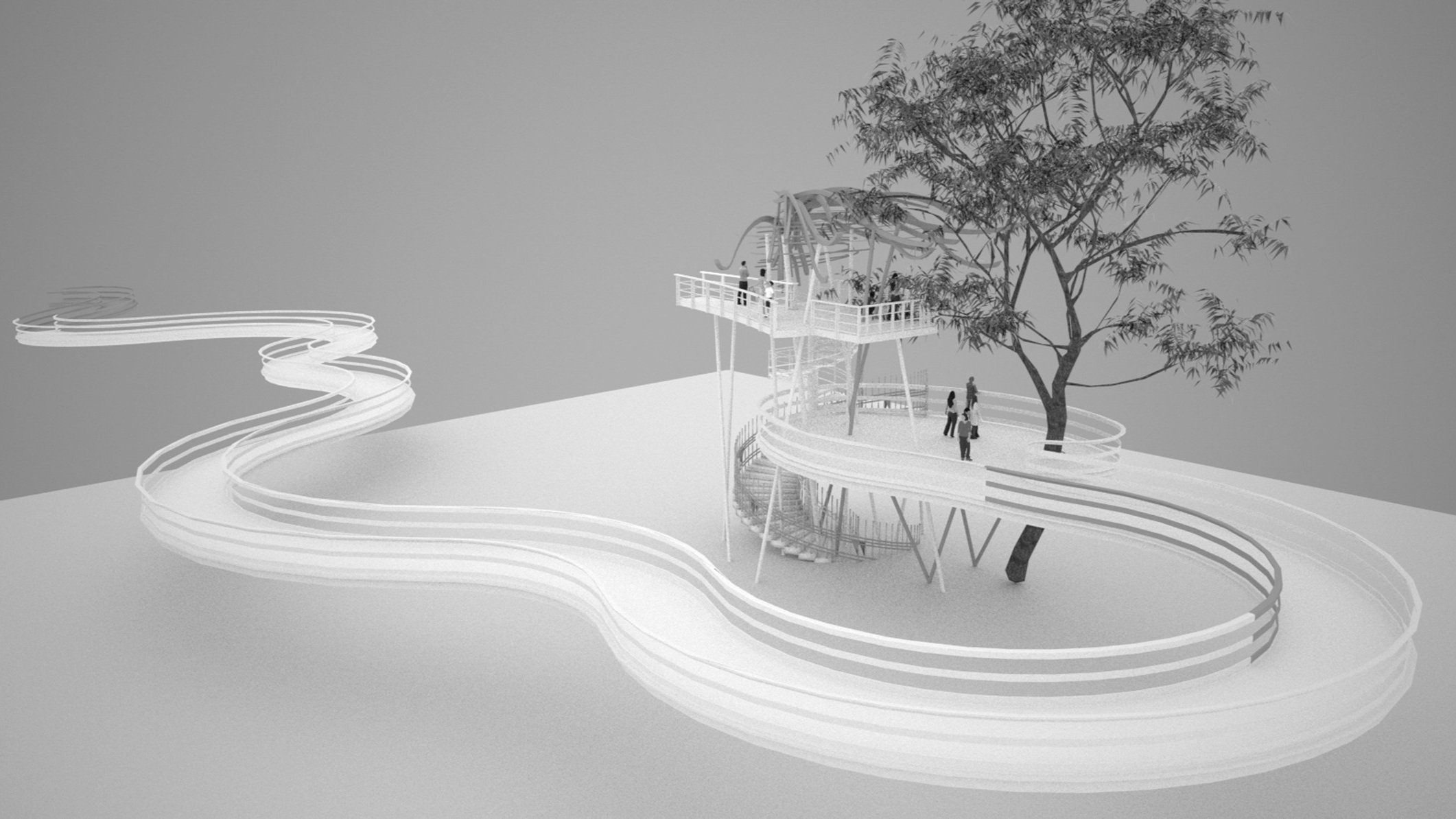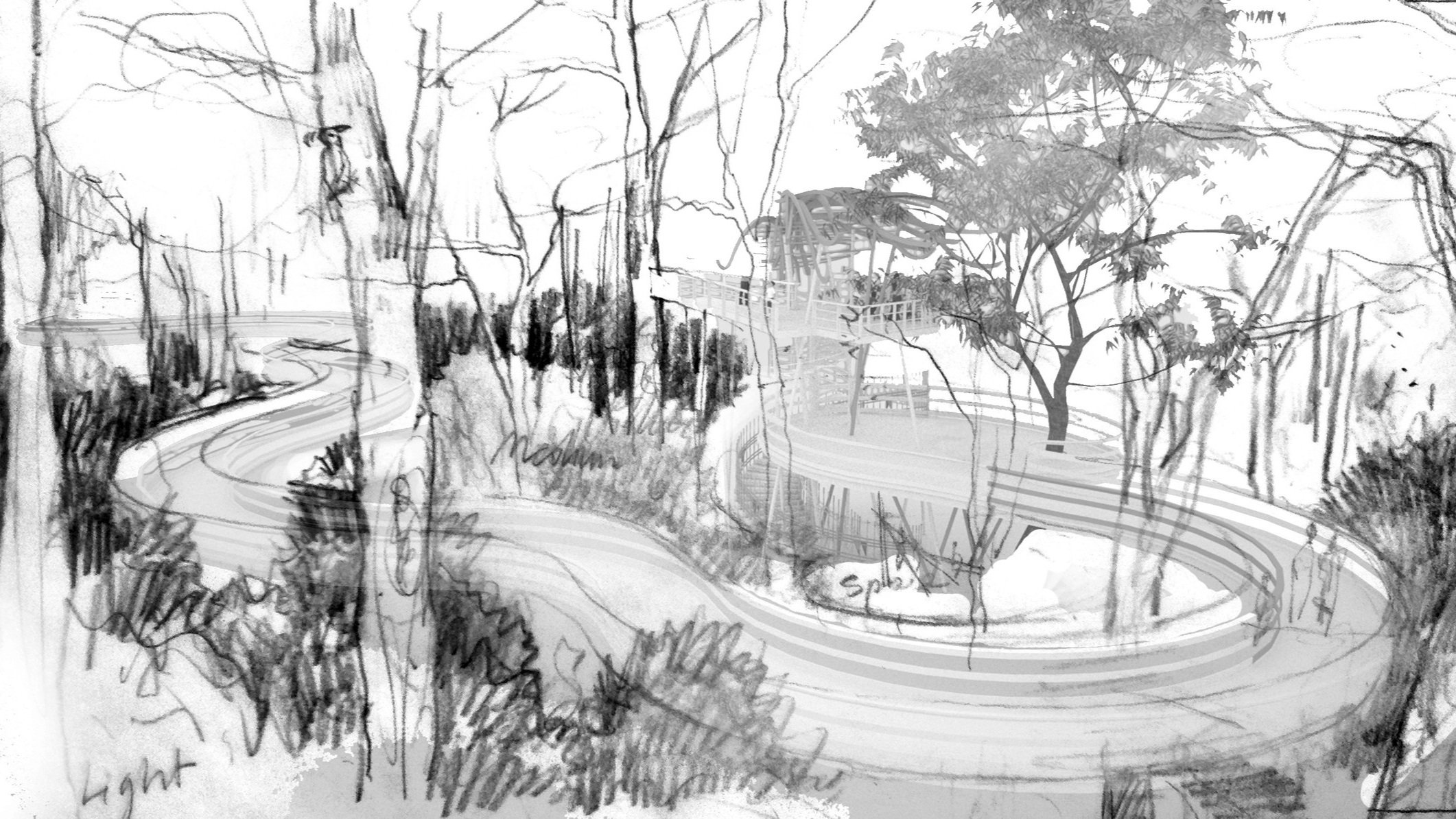My Lines: Comments on Drawing
“Drawing is fundamental to my practice, my personal growth, and my understanding of the world I live in. Drawing is what I do.” -Emmanuel Didier
Observation
The most difficult challenge of drawing from observation is to truly draw what we see. We often draw what we know rather than what we really see. Letting careful observation inform the way we understand what we see allows diversity and uniqueness to be revealed. Drawing reveals and allows us to see what we did not know until we drew it. Drawing = knowledge. Included in this selection of drawings is a series of studies I completed as part of my thesis while studying landscape architecture at the University of Virginia. In my attempt to record the way that light and shadows affect my understanding of space within a given place, and at different times of the day, I discovered the presence of a shadow within a shadow. Until then, I had never noticed such a phenomenon. I always thought, and knew from education, that object or spaces were either in light or in shadow. I will never forget that discovery made through drawing.
Imagination
Drawing as a catalyst for wonder is a second aspect of my drawing practice where memories, ideas and intuitions are folded together as combinations of lines, dots and fields. Sketches, notes and abstractions unveil new questions, new ideas and sets of relationships. When starting a project, my mind grows ideas that I try to let flow and capture while drawing. These drawings usually stay personal but are the matrix to new sets of designs. In such a drawing mode, I usually like to be alone, sometimes late at night, right before going to sleep; or outside in a foreign place with a notebook.
Representation
Drawing allows the refinements of ideas and the development of an argument. Precision in establishing relationships between lines (as edges or paths), fields (or densities), and points (or places) require multiple iterations. In this drawing mode, I tend to mix digital and analog drawing. Using various mediums offers multiple lenses through which I refine an argument. Depending on the medium, a different set of issues or ideas come to into play. A charcoal drawing invites considerations of degrees of light and darkness, of marks and erasures, of palimpsest, of edges, fields, mass and voids. A watercolor drawing will introduce greater attention to speed, dilutions, saturations, color vibrations, support, textures of the paper, and attention to preserving untouched portions of the white paper as negative shapes. One of the intrinsic values of analog drawing is the absence of the ‘save as’ function that digital media offers. When ink hits the support, it is inscribed and leads the mind to the next steps; it is a series of events. There is risk, and risk I believe is an essential component of the creative process. In contrast, digital drawing allows multiple versions, the opportunity of going back in time. The integration of multiple techniques of drawing allows me to get closer to representing and emphasizing the contrast and the dialogue imbedded in landscapes or spatial operations and ideas within one place.









